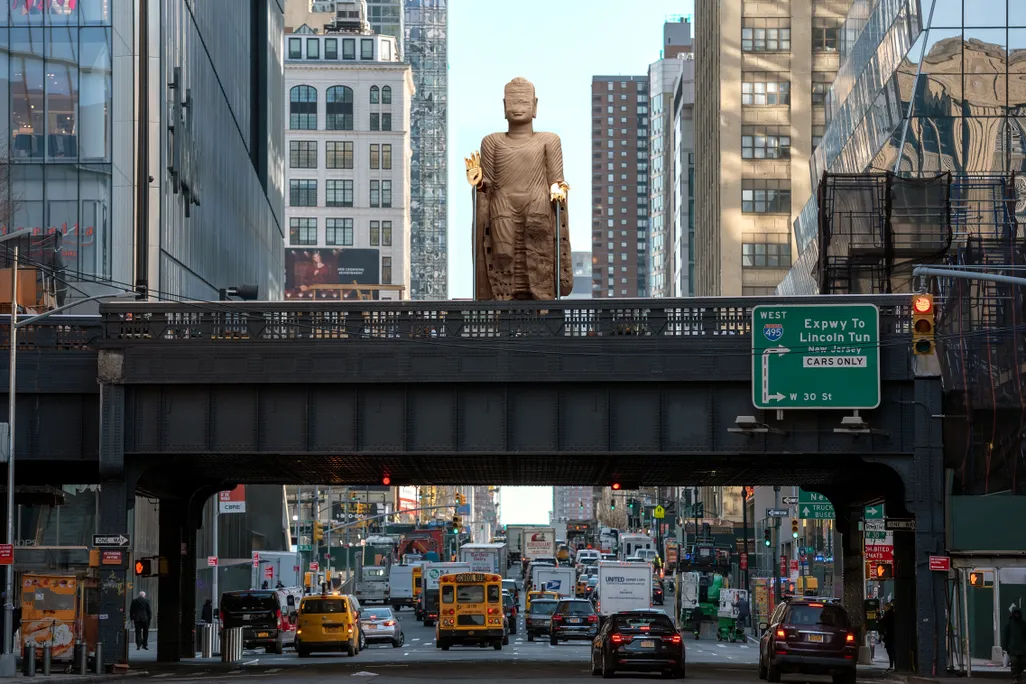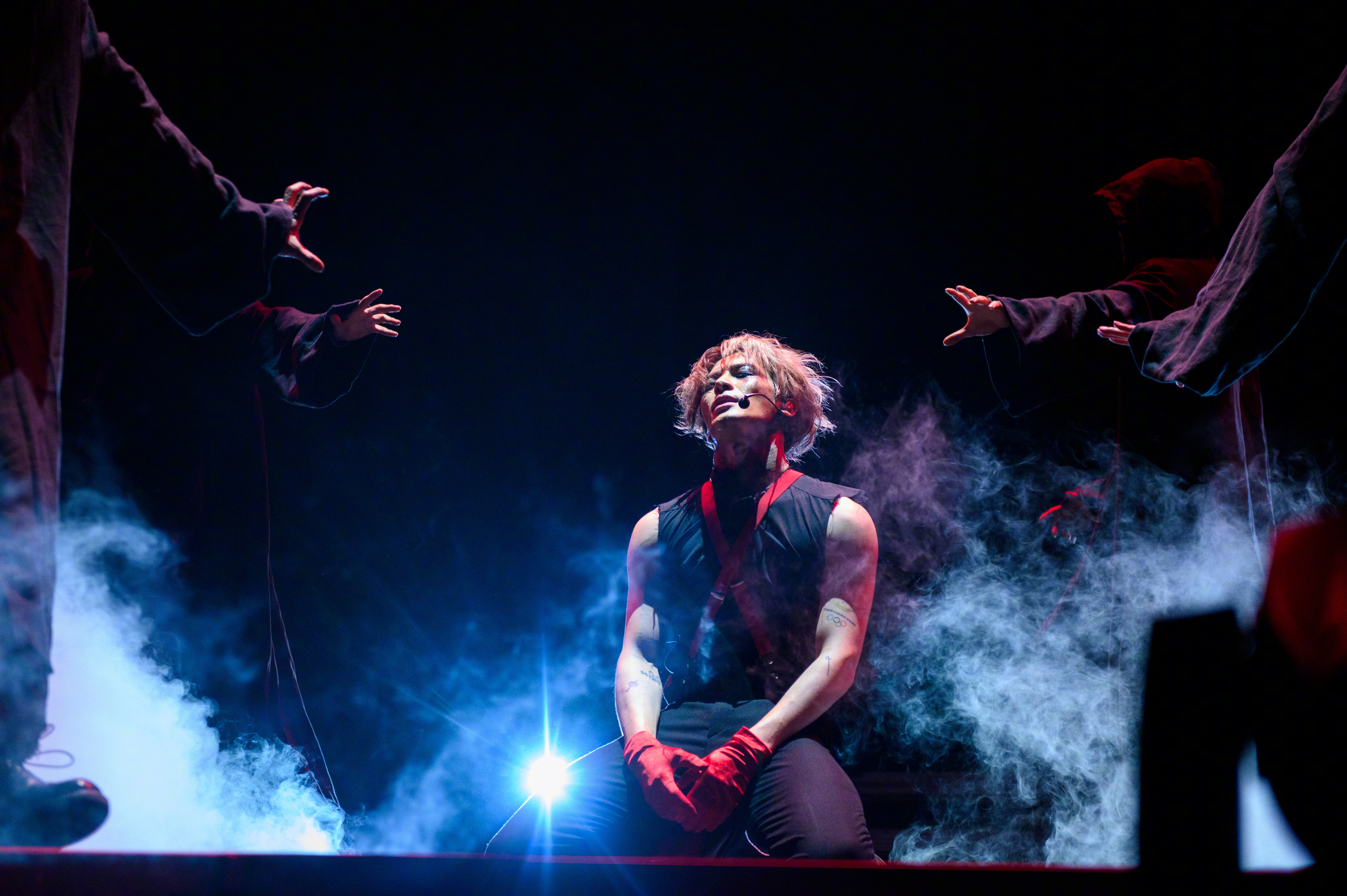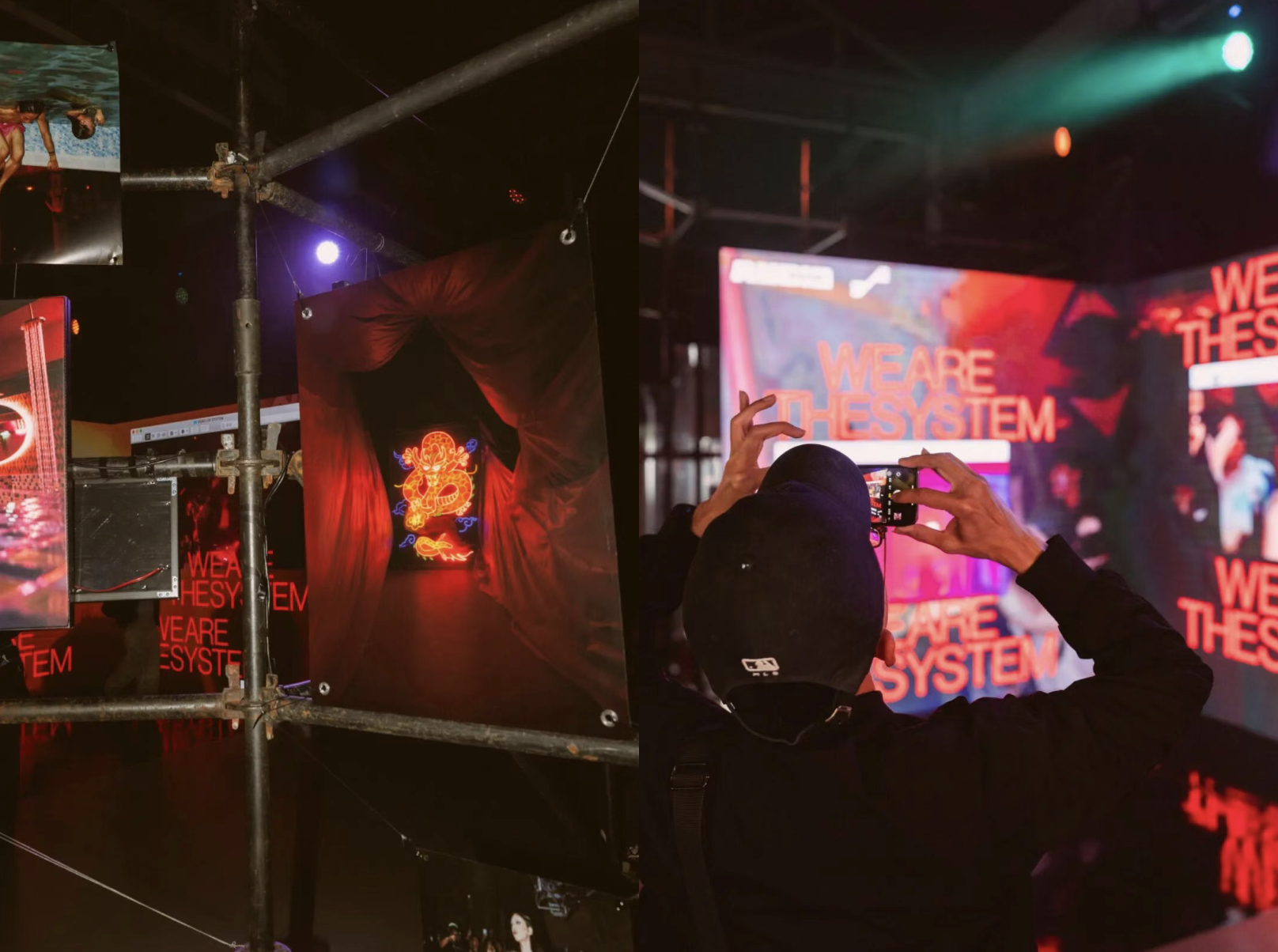In July 1944, American poet Langston Hughes spent three hot weeks in Shanghai, which he described “as a town in another world. Here there are sky-scrapers, neon lights, night clubs, jazz bands, air-cooled movies […].” Seventy-five years later Hughes’s description remains strikingly apropos. Shanghai still has the sights, the lights, and sultry nights, and thanks to an emerging younger generation of musicians, festival organizers, club owners, promoters, and independent record labels, the city continues to swing and sway with the free-flowing, rhythmic sounds of jazz.
One testament to this is the JZ Jazz Festival — China’s biggest and longest-running jazz and blues festival (and one of the largest of its kind in Asia) — which recently celebrated its fifteen-year anniversary. Over the course of three days in mid-September, the festival brought together approximately 75 artists, including Lalah Hathaway, Jacob Collier, the Earth Wind & Fire Experience (featuring the Al McKay All Stars), Marcus Miller, Jaga Jazzist, Tia Ray (袁娅维), Cui Jian, and Li Quan, who offered an array of musical styles, ranging from jazz, blues, funk, and Latin to fusion, R&B, and hip hop.
According to Ren Yuqing, the Festival’s charismatic founder and owner of Shanghai’s long-running JZ Club, the genre has a bright future in China. “A lot of younger people are listening to jazz and discovering its potential. Shanghai has become the jazz city in China.”
Affectionately known as Lao Ren (“Old Ren”), his moniker speaks to his lengthy involvement in China’s dynamic music scenes. A former bassist for Chinese rock pioneers Cui Jian and Zhang Chu, Ren is also the founder of the JZ Music Group, which runs a number of live music venues and a music school, and has worked with prominent jazz musicians such as Pat Metheny, Chick Corea, and Dee Dee Bridgewater. “The festival has grown over the years, from the number of acts and stages to larger Chinese audiences, more Chinese musicians, and even increased government support,” adds Ren. Recently, he even collaborated with Chinese rapper Lu1, whose unique third-culture perspective blends nu-jazz hip hop beats with a smooth flow in Mandarin.
Related:
 Listen to Our Playlist of Chinese Jazz Heroes Past and PresentIt’s been a big month for jazz in Shanghai, from JZ Festival’s 15th anniversary to Blue Note opening up shop with back-to-back sets from the great Kamasi WashingtonArticle Sep 18, 2019
Listen to Our Playlist of Chinese Jazz Heroes Past and PresentIt’s been a big month for jazz in Shanghai, from JZ Festival’s 15th anniversary to Blue Note opening up shop with back-to-back sets from the great Kamasi WashingtonArticle Sep 18, 2019
Jazz first arrived in China in the early 1920s. At the time, Shanghai was a cosmopolitan, colonized port city, and the intricate webs of cultural intermingling yielded musical hybrids such as shidaiqu (時代曲), an unlikely fusion of American jazz and even Hollywood film music with Chinese folk songs, which could be heard on airwaves and in dancehalls across the city. An early influx of American jazz musicians soon resulted in “a city that outrivaled Paris in its appreciation of jazz,” as Andrew F. Jones describes in his book Yellow Music: Media Culture and Colonial Modernity in the Chinese Jazz Age.
With a spate of recent international collaborations, today’s Shanghai jazz scene shows signs of promise. In September this year, Blue Note opened their first outpost in the city with headliner Kamasi Washington (they first entered the Chinese market in Beijing in 2016). “Due to jazz’s long history here, Shanghai is definitely the most mature jazz market in mainland China,” says Lisa Li, a spokesperson for Blue Note. “There are more opportunities for jazz musicians, but also higher expectations from Shanghai audiences.”

Kamasi Washington at Blue Note Shanghai. Photo by Liu Chen
With coverage in the north and east of China, Blue Note is looking to expand their reach regionally as well as support the growth of jazz locally: “We’ve already started to work with local musicians on possible event ideas, such as a festival, and are always thinking about how to sustain jazz education, particularly in schools,” says Li.
One of the most prominent figures in Shanghai’s jazz scene is singer Jasmine Chen, who performs regularly at JZ Club and contributed three numbers to the soundtrack of Crazy Rich Asians. She’s quick to point out jazz’s timelessness, but is equally committed to contemporary experimentation. “I have personally merged and adapted Western jazz with Chinese traditional elements and created my own unique style. I believe this kind of approach could be part of the future of jazz — exploring innovative approaches while remaining true to the genre’s fundamentals.”
Related:
 “Crazy Rich Asians” Singer Jasmine Chen on WeChat Jazz and Shanghai StandardsArticle Nov 27, 2018
“Crazy Rich Asians” Singer Jasmine Chen on WeChat Jazz and Shanghai StandardsArticle Nov 27, 2018
For acclaimed guitarist Zhang Xiongguan, Ren’s JZ Club and Festival proved formative for his development as a musician. “When I was a jazz student at the Conservatory, JZ Club was always a special place for me. Catching shows by local or international artists and hitting jam sessions were all a big part of how I started to understand jazz music.” After earning a Master’s Degree at New England Conservatory of Music, Zhang returned to Shanghai, where he now teaches at his alma mater. “I’ve had the chance to work with a lot of talented students, and it’s really exciting to see what effect they will have on the scene,” he says.
Zhang also continues to collaborate with a host of local musicians, pushing and probing jazz’s boundaries and limitations, as demonstrated on his recently-released album Dangerous Territory.
Having worked for JZ Music for many years, vocalist Voision Xi — who also features on Zhang’s Soundbase album (embedded above) — is attuned to the changes within Shanghai’s jazz scene. “There are more and more young faces and voices, and more venues and stages,” she says. However, challenges remain. “A lot of people in China are unfamiliar with jazz, and so our job as musicians and promoters is to connect with other musicians and serious listeners. But the younger generation is the future, and we’re looking to develop their understanding and appreciation of jazz.”
As the founding member of Little Happiness Group, she is leading by example. With backing by Zhang Xiongguan, Li Shihai, and Xiao Jun, the quartet’s 2018 album DEBUT on local independent label Eating Music offers sensitive reinterpretations of songs by Miles Davis, Stevie Wonder, and Nick Drake, among others.
If this talented corps of committed musicians, promoters, and performers have their way, the rebirth of Shanghai cool will be a jazz thing.
Cover photo: Soundbase performing at JZ Club Shanghai, by Dong Mo Cun.

















